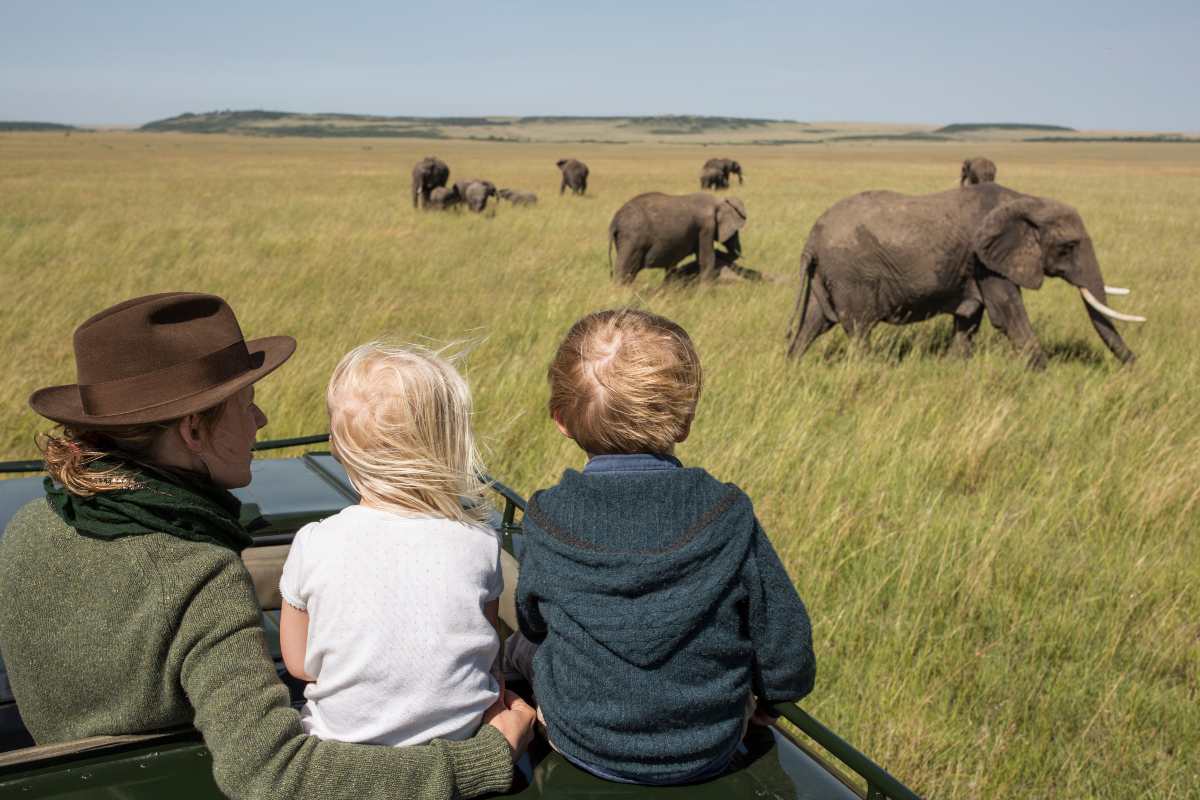Facts about Ngorongoro are so stunning for any African safari enthusiast. Pick a superlative: amazing, incredible, fantastic…they all apply to Tanzania‘s Ngorongoro Crater! Ngorongoro Crater is one of the seven natural wonders of Africa and a UNESCO Natural World Heritage Site.
It is the largest unbroken volcanic caldera on the planet and a top Africa safari destination, attracting thousands of tourists every year from all across the globe. There is nowhere else in Africa quite like it. But how was the Ngorongoro Crater formed? What is so special about Ngorongoro Crater? We answer all these questions and share 13 cool facts about Ngorongoro Crater in this handy guide.
FAQs About Ngorongoro Crater
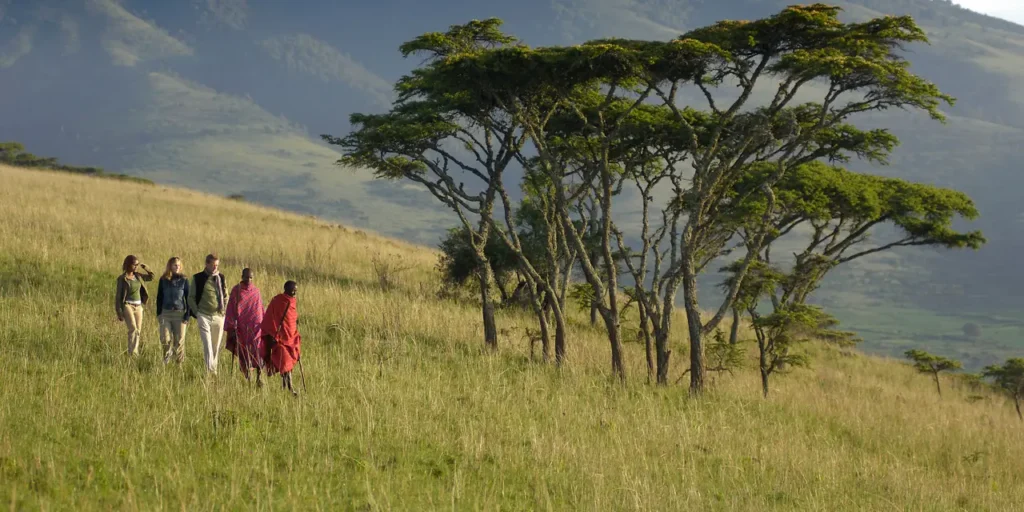
1. Where Is Ngorongoro Crater Located?
Ngorongoro Crater is located in northern Tanzania about 180 kilometers west of Arusha. The Crater is located within the Ngorongoro Conservation Area, a protected region in Tanzania that comprises a large chunk of the southern Serengeti’s short-grass plains and the Ngorongoro Highlands, a range of ancient volcanoes on the west side of the Great Rift Valley.
2. How was the Ngorongoro Crater formed?
Ngorongoro Crater is thought to have formed around 2.5 million years ago when an active volcano roughly the size of Mt Kilimanjaro exploded dramatically and collapsed in on itself.
The gigantic, intact caldera we see today is the main remnant of this implosion. The crater is one of the most unique and spectacular natural wonders in the world, and a safari through the area is an experience of a lifetime.
3. What is a Caldera?
Spanish for ‘cauldron’, a caldera is a bowl-shaped volcanic depression that is typically over 1 km in diameter, with an outer edge formed by steep slopes.
A caldera is generally formed when the top of a volcanic mountain collapses because it is no longer supported by an underlying body of magma. After all the major eruptions are complete, the top of the Volcanic Mountains will have disappeared, leaving a massive hole in its place.
Minor eruptions could happen after the major implosion and create smaller cones in the caldera’s floor. These may later fill up with water to form lakes.
4. What is special about Ngorongoro Crater?
Other than being the world’s largest intact volcanic caldera, the Ngorongoro Crater is also a natural sanctuary for some of the densest populations of large mammals in Africa. And due to its enclosed nature, the Ngorongoro Crater has effectively formed its own ecosystem. It is often referred to as “Africa’s Garden of Eden,” and affectionately described as a fish bowl of wildlife.
5. What is Ngorongoro Famous For?
Ngorongoro Crater is famous for its breathing natural beauty and the variety of fauna and flora found in an astonishingly compact area. You are guaranteed to see big concentrations of animals on a game drive on the crater floor. Ngorongoro also offers some of the most reliable sightings of Africa’s Big 5 animals (buffalo, elephant, lion, rhino, and leopard).
6. What is the meaning of Ngorongoro?
The name Ngorongoro is believed to come from the Maasai people of the region. The Maasai pastoralists named the area after the sound produced by the bell that hangs around the neck of the lead cow in a herd. The bell makes an echoing “ngoro ngoro” sound, which made the local pastoralists name the area Ngorongoro.
The 13 Facts about Ngorongoro Crater
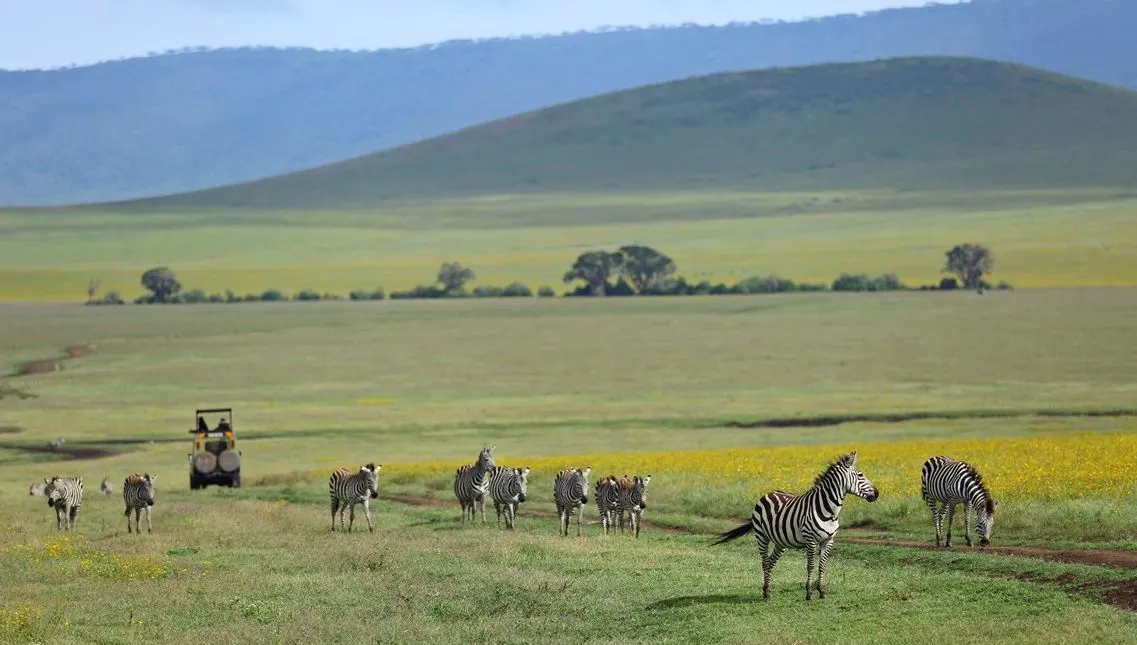
1. The World’s Largest Intact Volcanic Caldera
Ngorongoro Crater is about 16 to 19 km in diameter. The height of the crater walls ranges between 1,312 and 2,000 feet (400 and 610 meters).
This is more than 1.5 times higher than the Empire State Building in New York City. There are a few calderas around the world, but the Ngorongoro is unique because it is the biggest one with fully unbroken walls and hasn’t filled up with water.
2. One The 7 Natural Wonders of Africa
Ngorongoro Crater is one of Africa’s 7 Natural Wonders, along with the Mt Kilimanjaro, Serengeti Mammal Migration, Sahara Desert, Nile River, Okavango Delta, and the Red Sea. The Crater is located within the Ngorongoro Conservation Area.
3. Has The Densest Populations of Predators in Africa
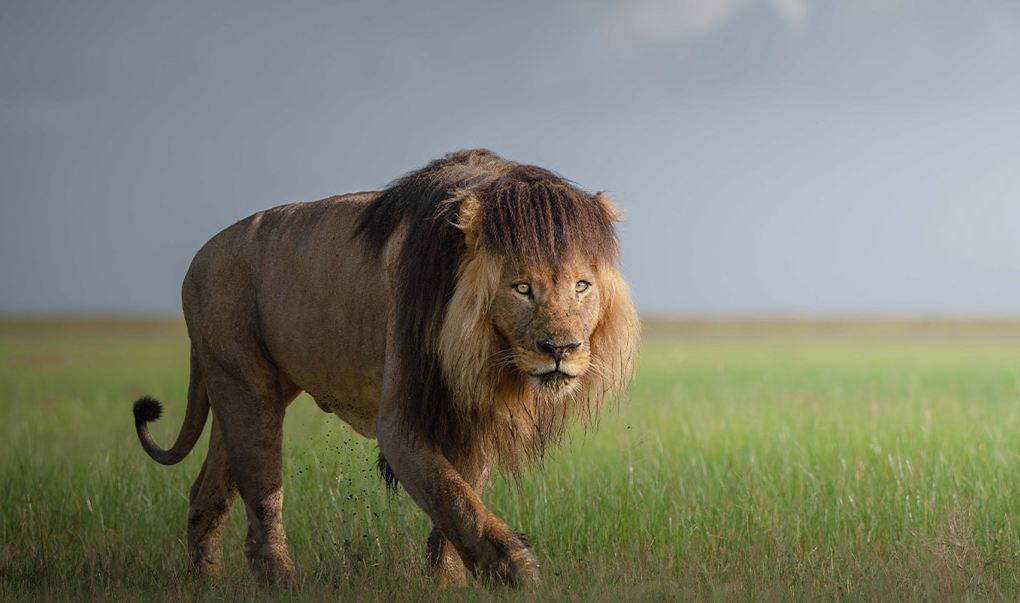
The mineral-rich volcanic soil and the short-grass plains on the Crater’s floor offer nutritious grazing for a plethora of herbivores (animals that feed on grass).
These huge herds in turn attract a remarkable number of predators – the densest populations found anywhere on the continent. Ngorongoro Crater’s resident lion population is possibly one of the highest densities of prides in the world. This is one of the facts about Ngorongoro Crater that make it such a top African safari destination.
Thus, the lions here have a complete disregard for safari vehicles – they’ll hunt within meters of a vehicle and even seek respite from the sun beside one! Completing the team of predators in the Crater are leopards, cheetahs, spotted hyenas, jackals, caracals, and bat-eared foxes.
4. Over 25,000 Large Mammals Live in Ngorongoro Crater
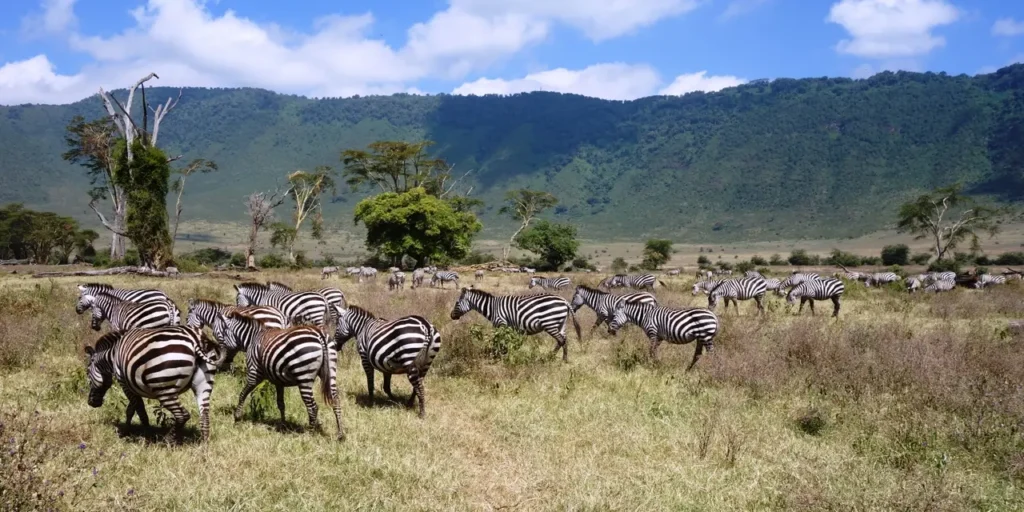
Almost all of Africa’s most iconic animals can be seen on a safari in this geological wonderland. Mostly, the caldera’s fertile floor is flat, open, and covered in nourishing grasses that support large numbers of grazers like zebras, wildebeests, gazelles, buffalos, and Topis.
5. Over 550 bird species have been recorded here
While a major attraction for us is of course the mammals, birding within the crater and on the top of the crater rim is very good. Over 550 bird species have been recorded here.
These include Common Ostrich (the largest bird on earth), Kori Bustard (the largest flying bird), Secretarybird, Fischer’s lovebirds, Grey Crowned Crane, Flamingos, Bateleur, Martial and Long-crested Eagle, Augur Buzzard, Quailfinch, Tacazze, Malachite, and Golden-winged Sunbird.
Though harder to spot, there are also lots of hummingbirds – the smallest birds in the world. So, when you are traveling around the Ngorongoro Crater, do not just look for animals on the ground because there are plenty to be seen in the sky too.
6. The Best Destination in the East to See the Big 5 Animals
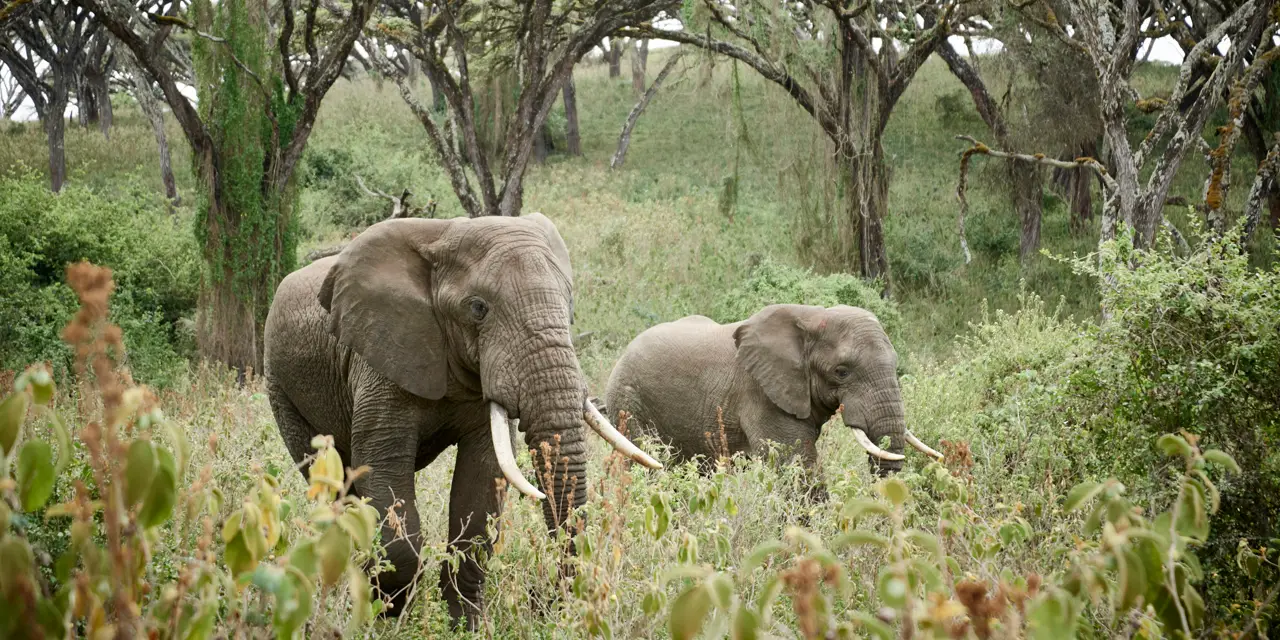
Ngorongoro Crater offers visitors a high chance of seeing all the members of the Big 5 in one place – arguably one of the best-known facts about Ngorongoro Crater.
Buffalo herds are healthy, the resident lion population is prolific, leopards are generally seen around the forested areas, and elephants are present during the wetter months (November, December, April, and May). Visitors to the crater also have the highest chances of seeing one of the region’s fabled black rhinos, which are otherwise notoriously difficult to spot.
The crater’s black rhino spend their evening hidden in the yellow-green fever trees of the Lerai Forest but descend to the open plains during the day.
7. No Impala and Giraffe Live in the Ngorongoro Crater
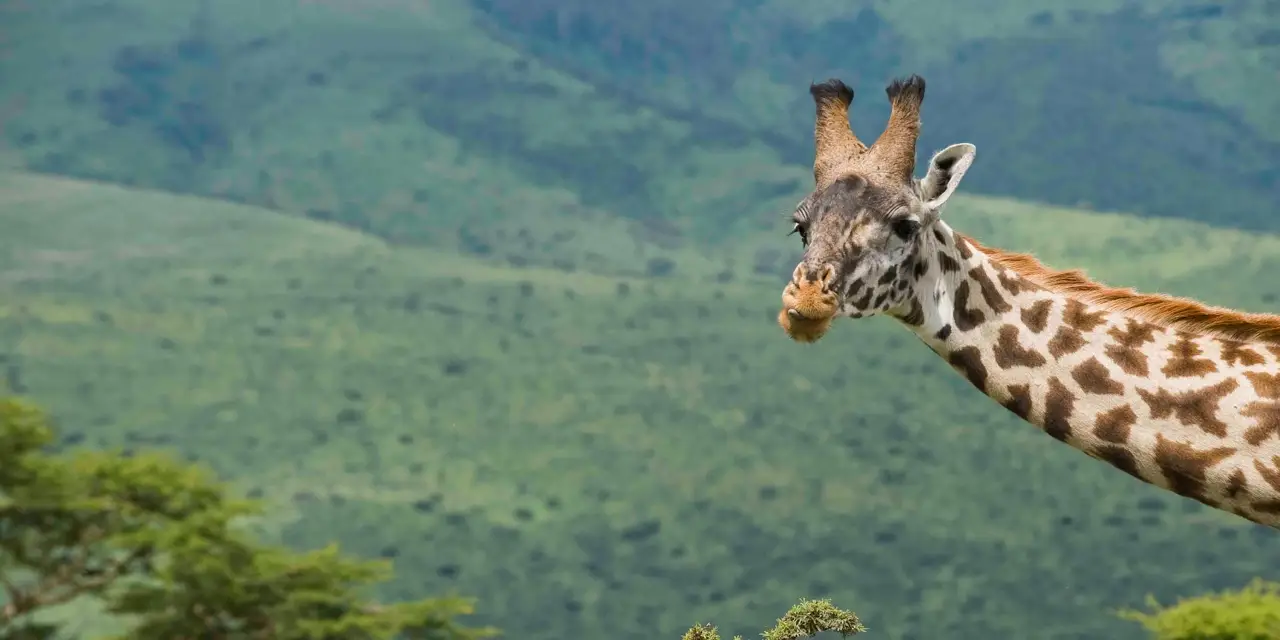
The only unexpected absentees from the 25,000+ animals that live in the Ngorongoro Crater are the impala and giraffe. The reason why they are absent is believed to be a lack of open woodlands and certain tree species fancied by these animals.
8. One of the World’s Most Important Prehistoric Sites
This is one of the facts about Ngorongoro Crater that would appeal to travelers with a keen interest in archaeology and natural history. The British Archaeologist, Dr. Louis Leakey discovered hominid fossils in the nearby Olduvai Gorge that date back to about 3.6 million years ago.
These have been instrumental in understanding human evolution. These hominid fossils are believed to be the earliest known evidence of the human species.
Visitors to Ngorongoro can visit the gorge, the museum, as well as the Laetoli footprints (the oldest footmarks ever found). Actual fossils of some of the extinct animals that used to live in the area can also be seen at the museum.
9. Home to Diverse Habitats
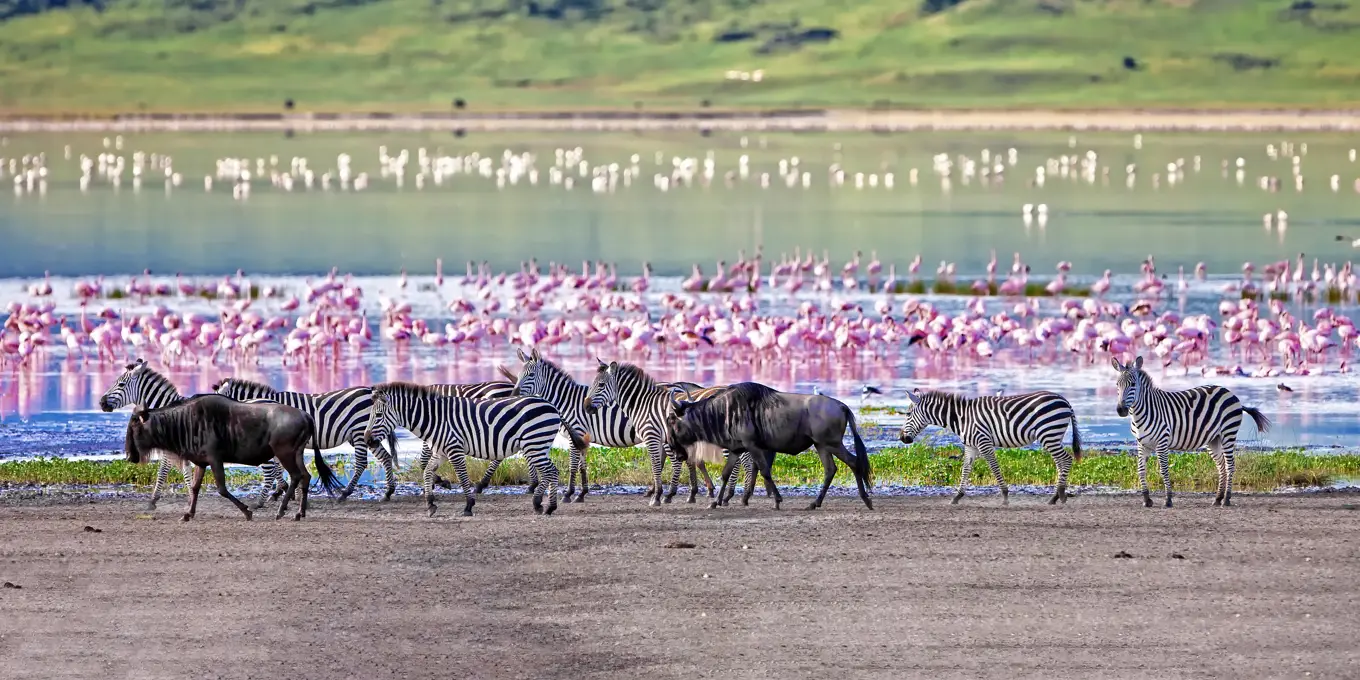
Aside from the gorgeous scenery and abundance of wildlife, the Ngorongoro Crater also boasts an impressive array of natural habitats. Some of the most notable ecosystems here include:
- Ngorongoro Crater wall – mostly covered with thick montane forest, a favourite domain for leopards.
- Lake Magadi (also known as Lake Makat) – a seasonal alkaline lake surrounded by soda flats, home to numerous waterbirds in the migratory pink flamingos.
- Mandusi and Gorigor Swamps – sanctuaries for hippos, elephants, lions, and colorful flocks of birds
- Hippo Pool – a popular spot to stretch your legs during a game drive, have a picnic and be entertained by the antics of chortling hippos.
- Lerai Forest – small beautiful woodland that’s popular with Fischer’s lovebirds, baboons, bushbucks, vervet monkeys, leopards, and a small population of giant tusker bull elephants.
- Expansive grasslands – characterizes most of the Crater’s floor, populated by large numbers of wildebeest, zebra, hyenas, eland, and lion.
10. You Can Stay on the Crater’s Rim
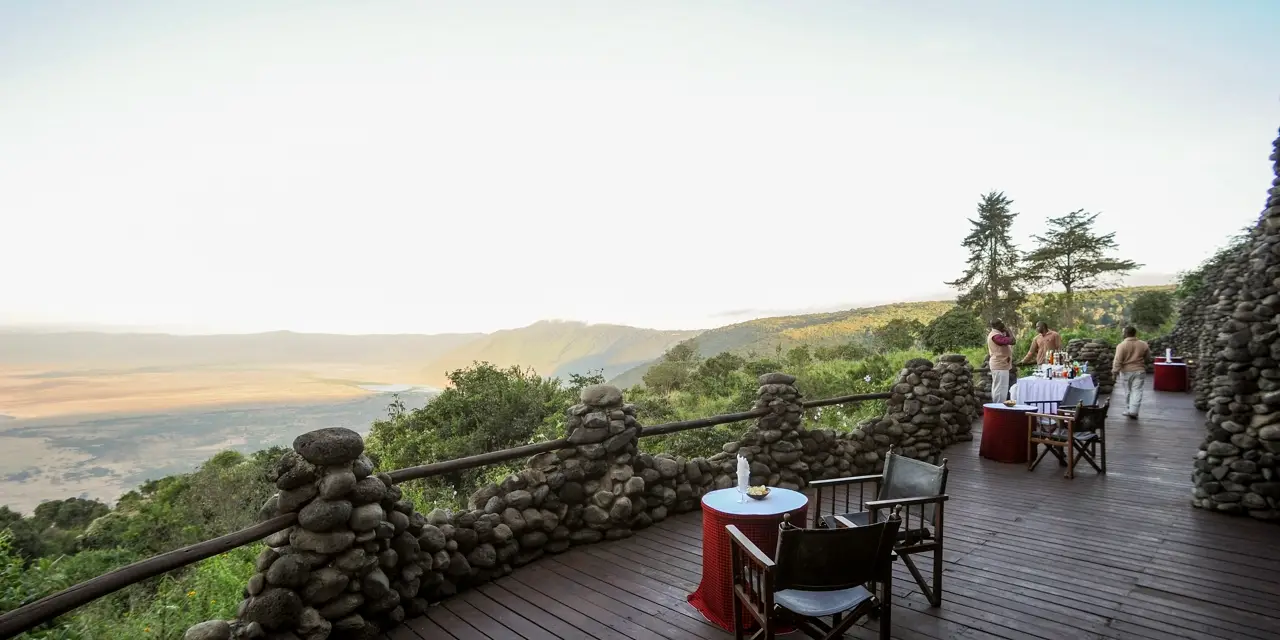
To control traffic and protect the delicate environment, the Ngorongoro Conservation Area’s authority only issues 6-hour permits to visit the floor of the Ngorongoro Crater’. That means there are no accommodation options available inside the caldera.
However, various safari lodges and camps are set on the Crater’s rim, with some boasting among the most spectacular views in the world. You can also stay on the Rift Valley Escarpment, or in the nearby town of Karatu where you’ll find more affordable accommodation, but you’ll travel for about an hour before reaching the Crater. Staying on the rim means you’ll be among the first to descend into the caldera for your morning game drive.
11. Over 42,000 people are living in Ngorongoro Crater Area
Ngorongoro Conservation Area in which Ngorongoro Crater is situated is not a national park but a biosphere reserve. Here, a diversity of wildlife lives alongside the iconic Maasai.
These traditional pastoralists are recognizable by their trademark toga-like red checkered shuka cloths and fondness for elaborate beadwork jewelry. You won’t need to spend long in Ngorongoro before you encounter Maasai cattle herders walking alongside the road. But if you want to interact with Maasai people, and especially to photograph them, it’s customary to visit one of several manyattas (groups of huts within an enclosure) that now welcome tourists for a fixed fee.
12. has been used as the location for many films
Ngorongoro has been featured in many wildlife documentaries, including Living Earth (2013) and Great Natural Wonders of the World (2002).
The Maasai of Ngorongoro was featured in the documentary The Amazing Race (2012). Also, the film ‘Out of Africa (1985) was shot in the Ngorongoro Crater.
13. The Crater Combines Seamlessly With Serengeti
Most visit on Tanzania holiday will maximize their Tanzania safari by crafting an itinerary that combines the Ngorongoro Crater, Serengeti, Lake Manyara National Park, and Tarangire Natiobal Park – the best places to visit in Tanzania.
Kilimanjaro Airport serves these destinations with the help of an extensive road network. Known as Tanzania’s Northern Safari Circuit, this route makes it easy for travelers to experience the country’s incredible diversity of wildlife and stunning landscapes in a single itinerary.
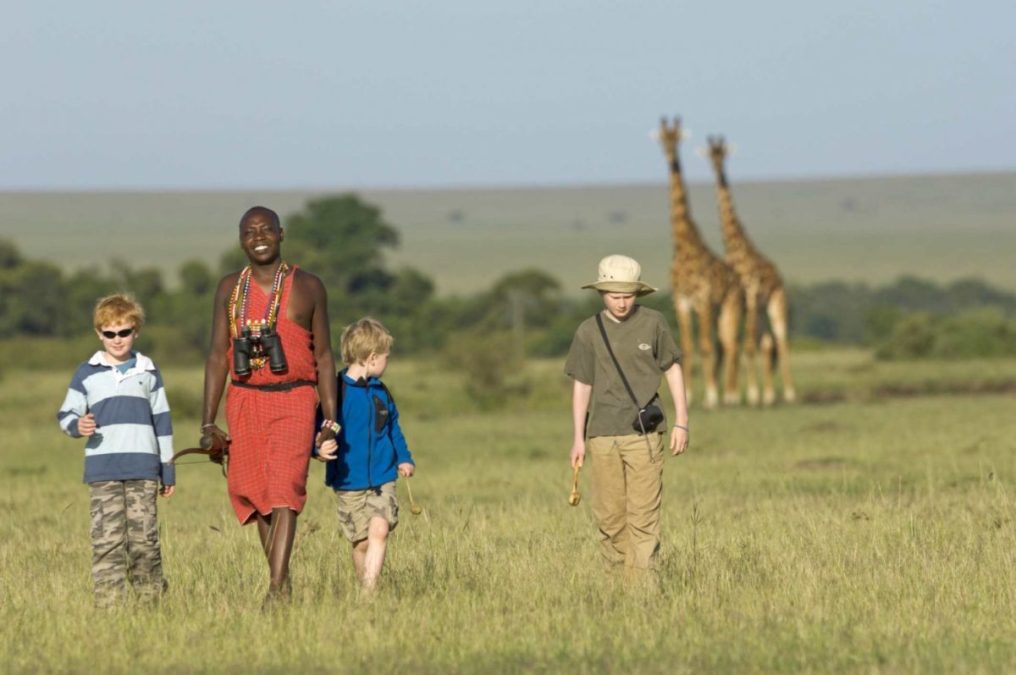
A Memorable 7 Days Tanzania Family Safari Vacation
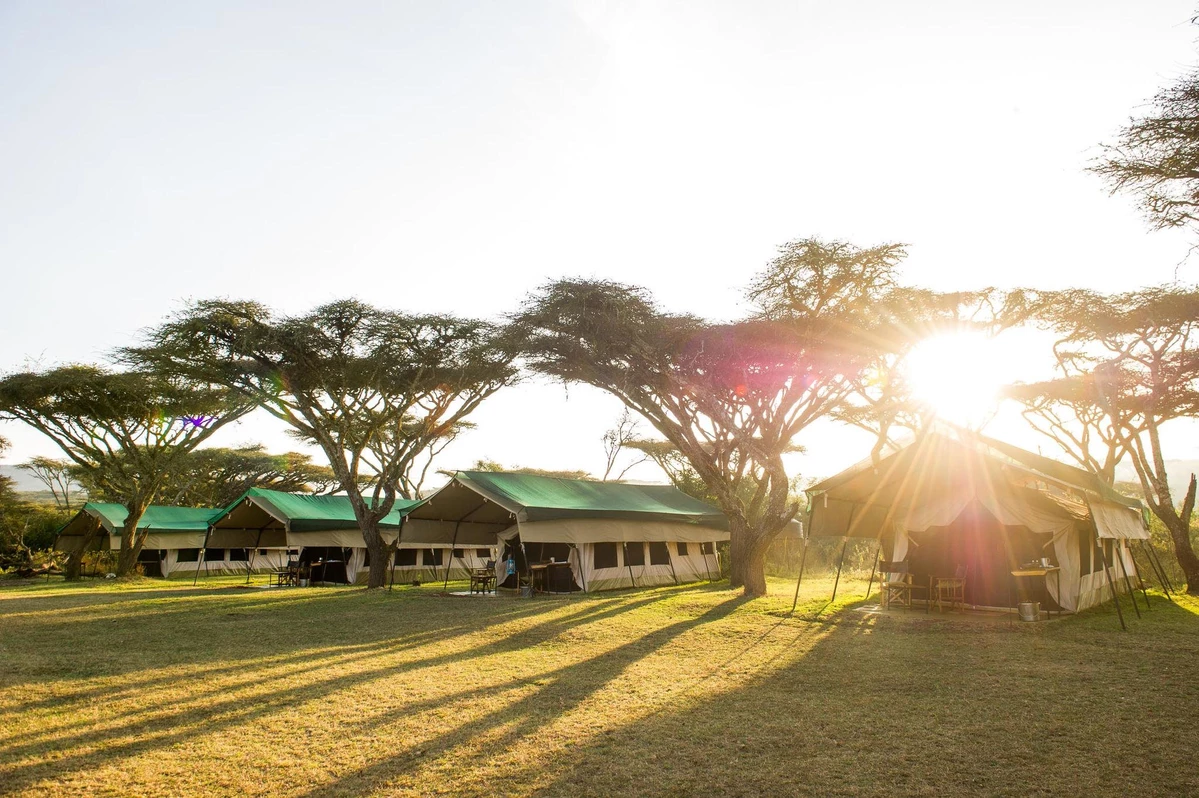
6-Day Tanzania Safari: Explore 3 Incredible Wildlife Parks
